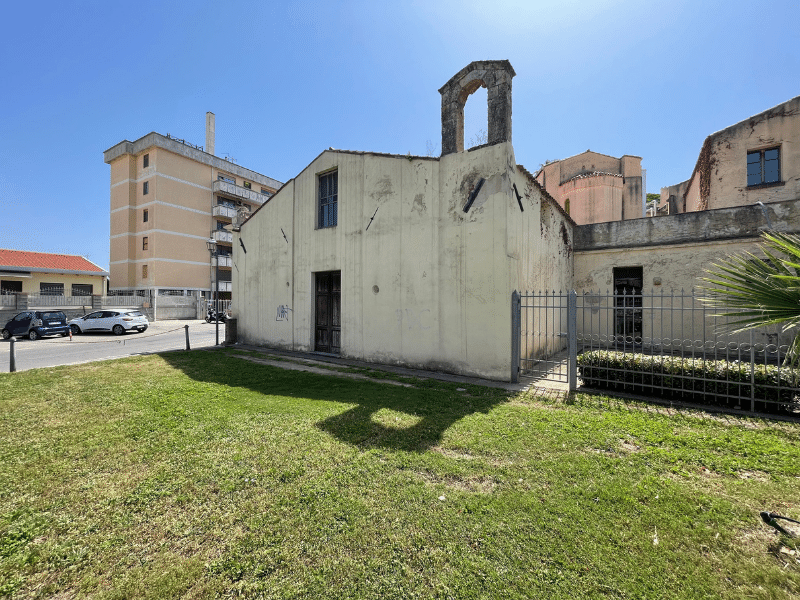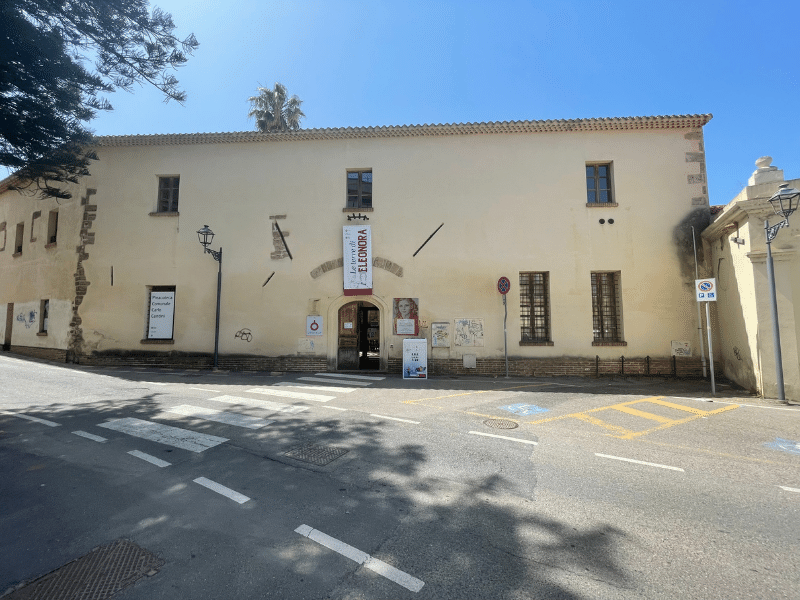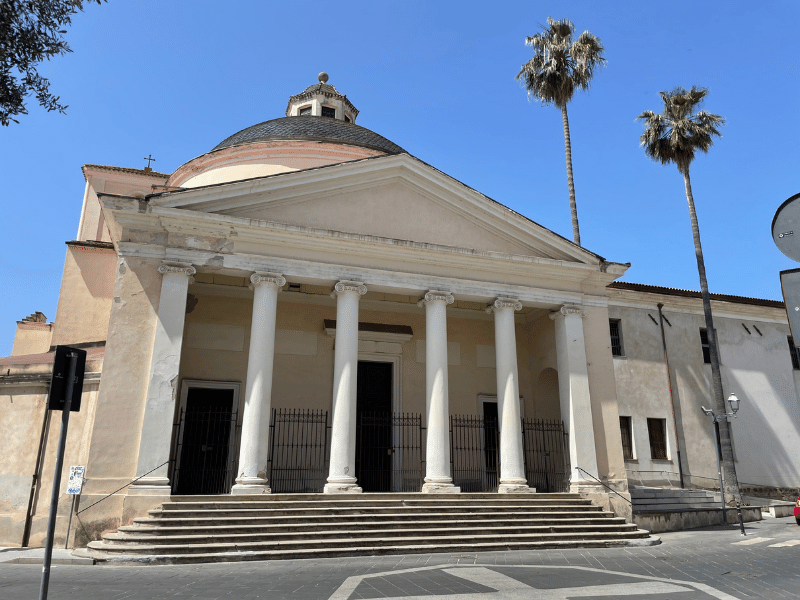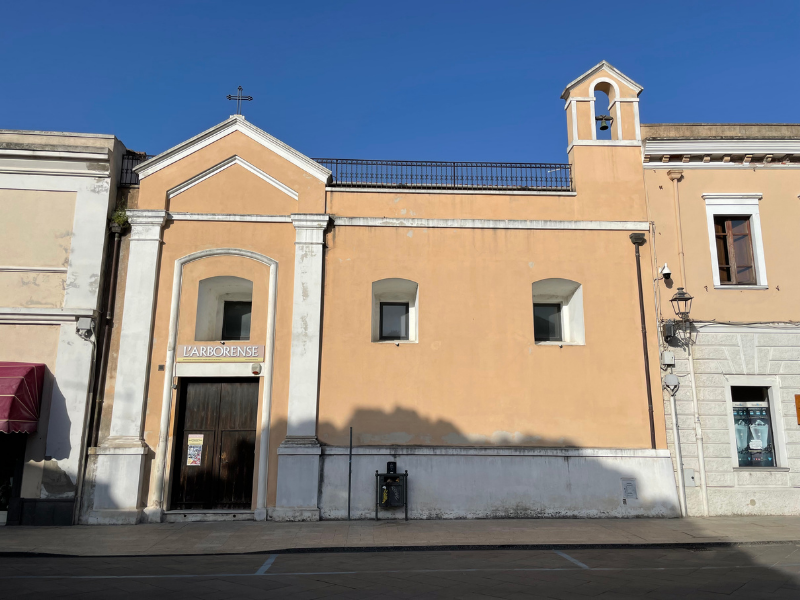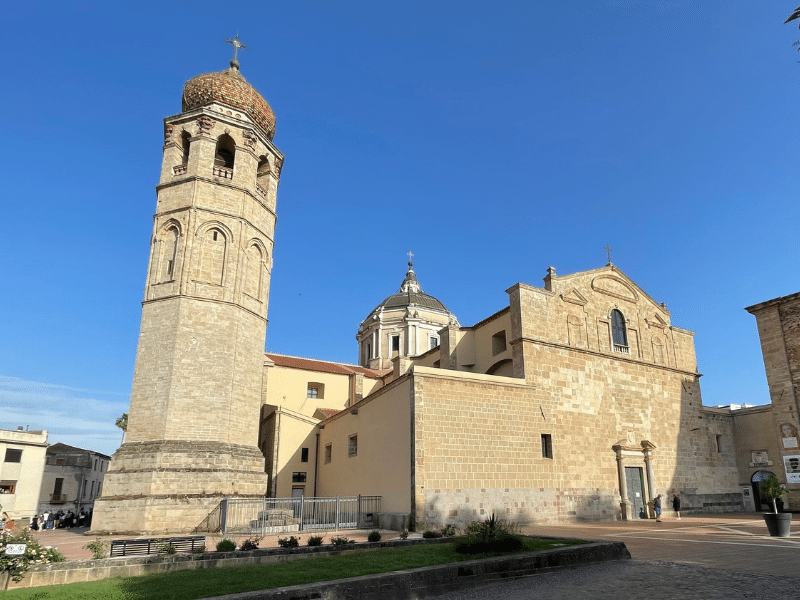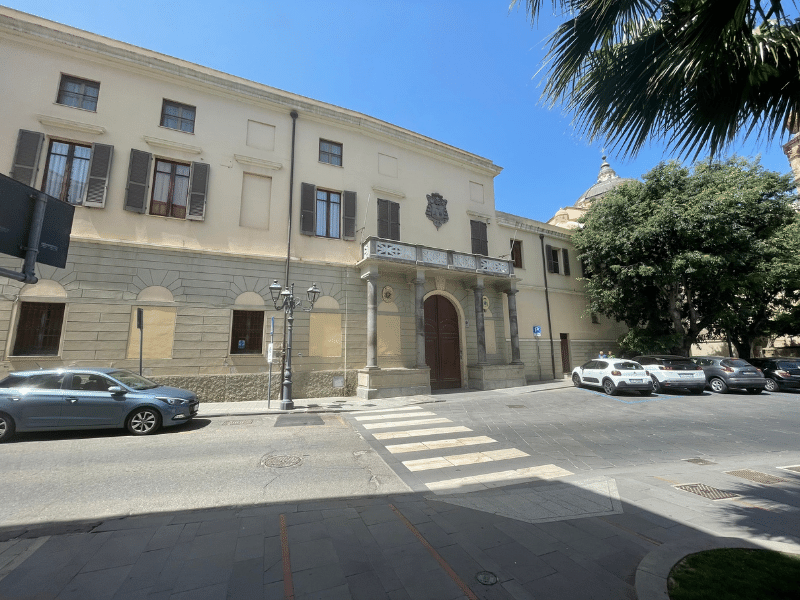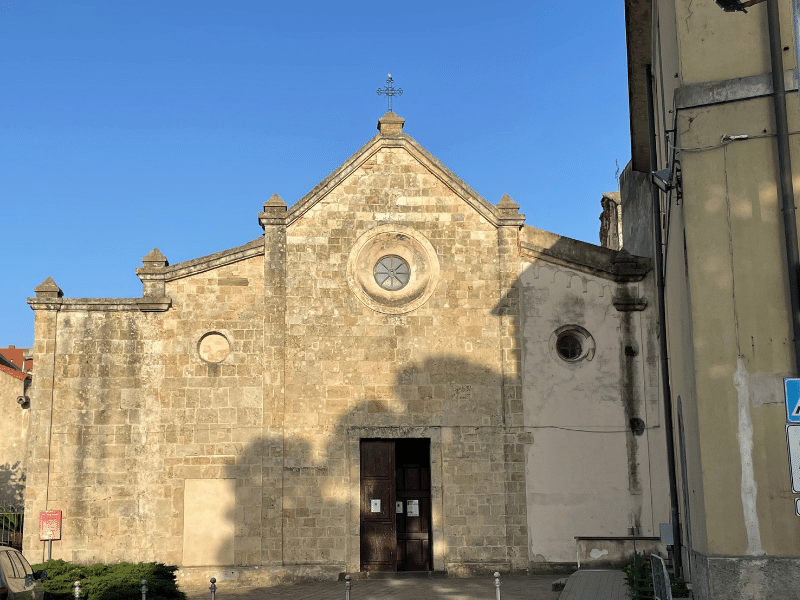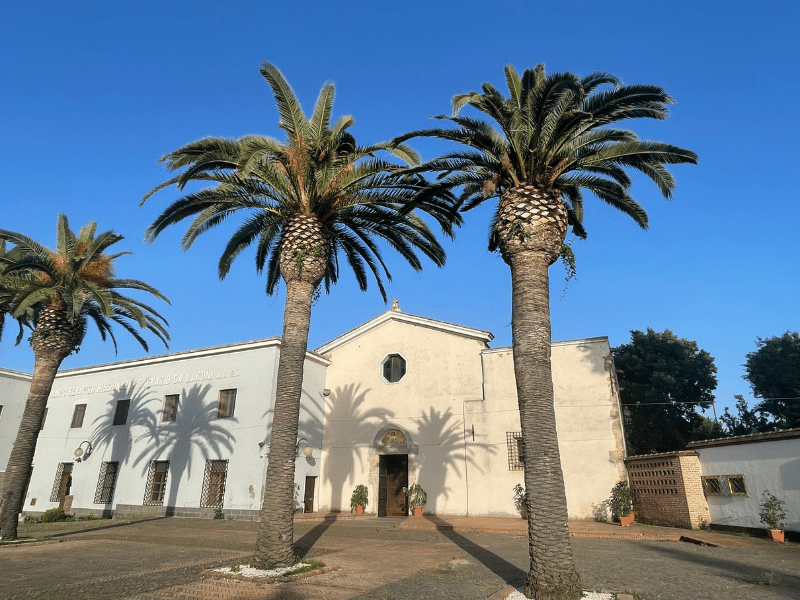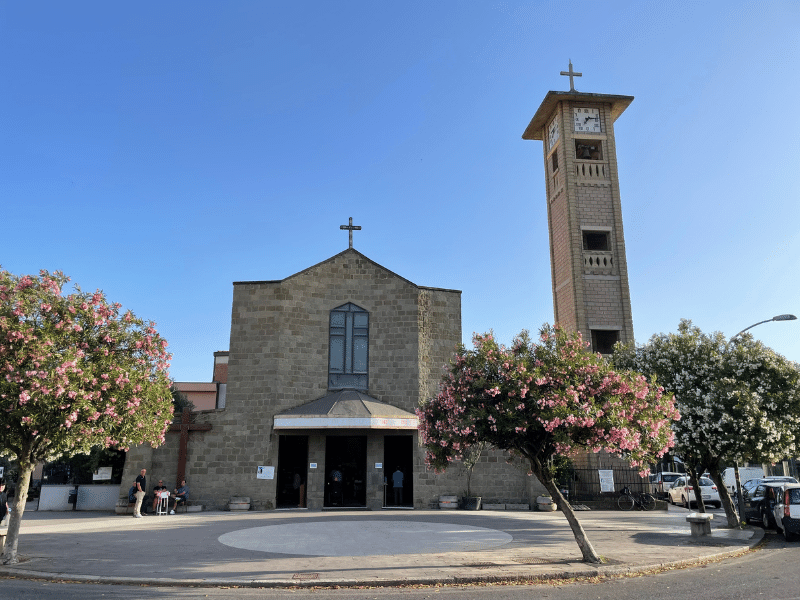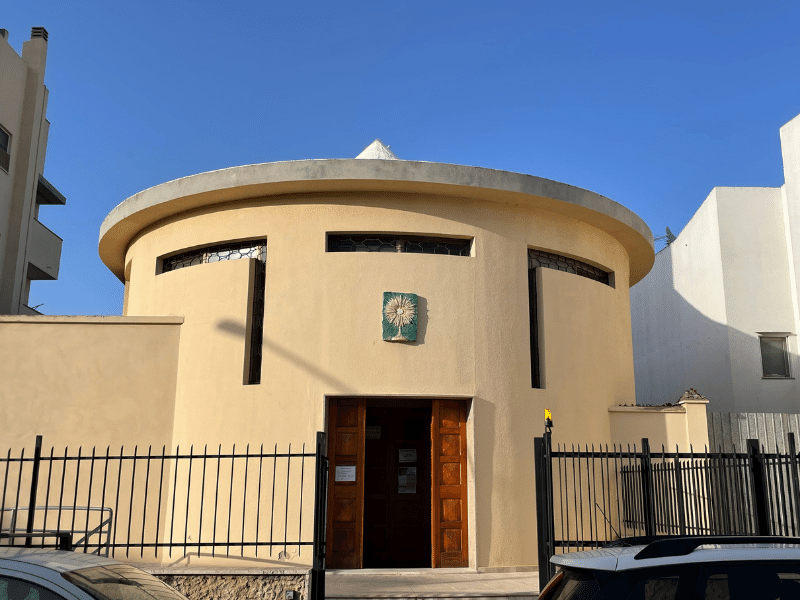The highest number of religious building in the city of Oristano can be found by following the itinerary of one of the most important arteries of the medieval city, one that saw the biggest concentration of both religious power, and crucial economical might, the latter being represented by shop owners and by the market.
Starting from the Church of San Mauro Abate in the Giudicale city’s western extremity, matching one of the very few fragments of the ancient defensive city walls, you may visit several important ecclesiastical monuments along this cultural journey. An example of this can be found when passing through the street known for being the theatre of the Sartiglia’s very own Star Joust during Carnival, the Church and Convent of the Franciscan, the Santa Maria Assunta Cathedral, and the Archbishop’s Palace.
The itinerary consists in a visit to the Church of San Mauro Abate from the 16th century, to the Church and Hospital of Sant’Antonio Abate from the 14th century, to the Church and Monastery of San Francesco built between the 13th and 19th centuries, to the Trinity Church of the seventeenth century, the Tridentine Seminary dating back to the turn of centuries XVIII-X, the Cathedral of Santa Maria Assunta, with its long history that began between the centuries XIV-XVII, the Archbishop’s Palace from the XII century, the Church of the Beata Vergine Immacolata built in the 17th century, and the Church of San Martino dated, 13th century.

